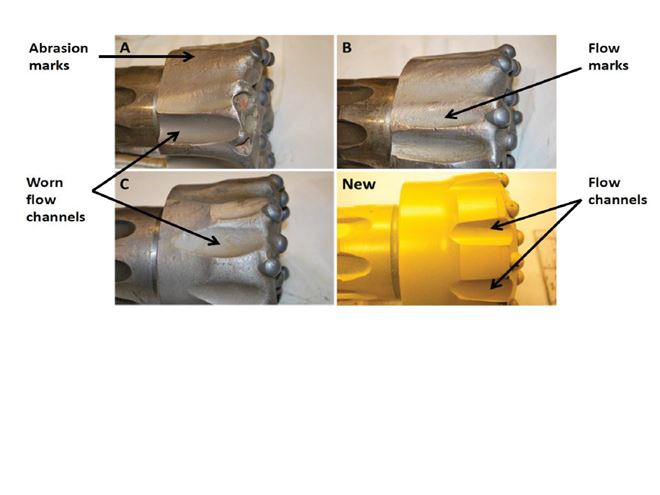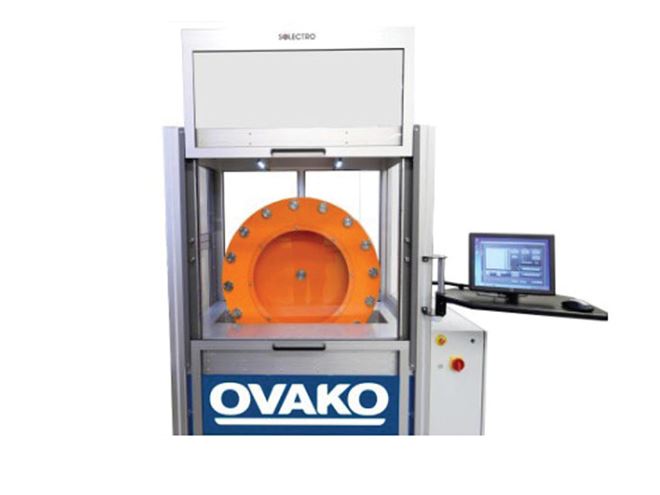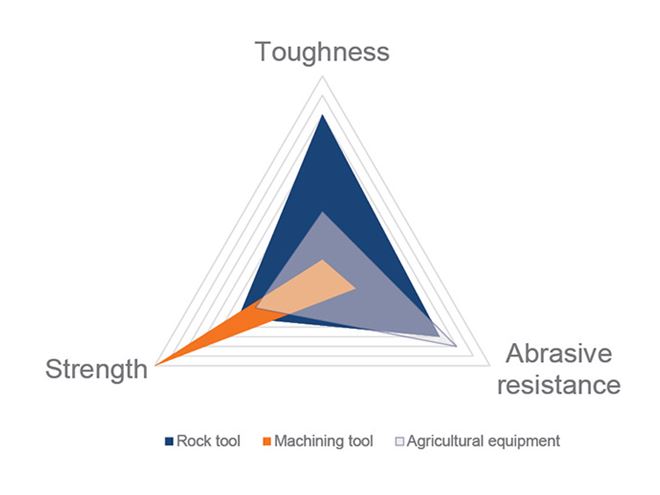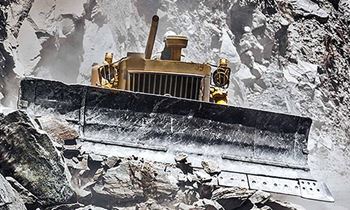The costly effects of wear on industrial components
Wear is constituted of different types of mechanisms and micro-mechanisms affecting engineering components, each of them requiring a specific approach to minimize their effects. In the tough environments of the mining, construction and agricultural industries, wear is a fact of life
Identifying and understanding the dominant wear mechanism that affects a component is thus essential to promote components service life and avoid costly repairs and replacements.
Operators want to avoid these costs by using components and materials (like WR-Steel) that have better wear resistance. However, not all wear is the same so there is no “one size fits all” solution.
If you want to minimize wear and tear on your machinery, it’s vital to understand what sort of wear it will experience. That will help you choose the right material to withstand it.
One of the common wear mechanisms impacting the life of equipment in agriculture, construction, mining and other industries is abrasive wear.

There are four micro mechanisms that are important to understand abrasive wear:
- Plowing
- Cutting
- Wedge formation
- Cracking
All of them happen at the microscopic level and are caused by a hard, rough surface coming into contact with a softer surface under force. The main micro mechanisms impacting a component can differ depending on the application. It is also important to notice that in most applications, a combination of different wear mechanisms are active and effective simultaneously.
Understanding wear and tear mechanisms
- Plowing happens when an abrasive particle causes the softer material to shift sideways, forming a groove with ridges on either side.
- Cutting is mainly found when abrasive particles impact the surface and act as tiny cutting tools that literally chip away at the surface.
- Wedge formation is a combination of plowing and cutting where pieces of grit burrow into the surface forming wedges that eventually detach.
- Cracking, or brittle fracture, can happen when impacts by the abrasive material create highly concentrated stresses upon impact, leading to the formation of micro-cracks.
How wear mechanisms apply on the field
While it’s good to know the theory, it’s more important to know how these wear mechanisms apply in the field. In our studies we found that these four mechanisms apply differently, depending on the real-world application.
For example, our R&D team analysed equipment from construction, agriculture, drilling and mining. They found extensive micro-plowing and micro-cutting on a Bolt On Edge (BOE) attached to the bucket of a wheel loader vehicle.
Tine points that penetrate the soil on agricultural machines like cultivators has also been evaluated. Micro-plowing and wedge formation were the most active wear mechanisms here.
We’ve also studied down-the-hole (DTH) drill bits, which experience impact from airborne particles during drilling. The result is extensive cutting and loss of material, as well as brittle fracture. And while rock tools appear similar to DTH tools, wear applies differently, with evidence of deep plowing on the sides of the tool but cutting and cracking on its top face.

Measuring the wear resistance of steel
Armed with knowledge on how wear happens in the field, we can help our customers identify a material (or materials) to resist the specific combination of wear mechanisms that their tools will face.
We concluded that wear resistance comes down to three mechanical properties:
- Strength, as measured by hardness, resists the plastic deformation of plowing and cutting.
- Toughness, measured with Charpy-V testing, resists impact loading from abrasive materials and therefore limits brittle fracture.
- Resistance to abrasive wear – this is important as materials with the same strength and toughness can show different wear resistance due to having different microstructures. Therefore, we developed our own in-house test method called the Ovako WR-drum to evaluate this parameter.
By combining our knowledge of the wear mechanisms in different industries with the three properties, we have been able to visualize the most important qualities required for real-world applications. These are mapped out in a property zone shown below as strength, toughness and abrasive resistance.


With this knowledge in place, we can work with customers to test and evaluate their needs and quickly suggest suitable grades of WR-Steel for their specific applications.
Download Technical report one-pager
You can learn more about wear mechanisms, how they apply and our WR-Steel selection methodology in our Technical Report.


